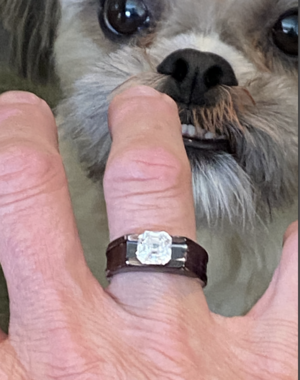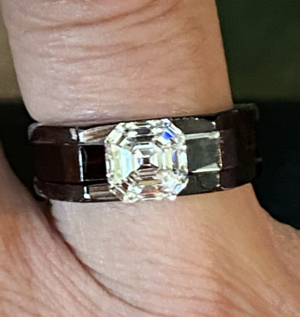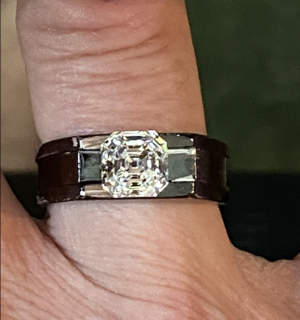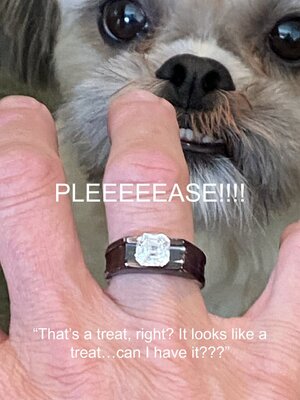gregchang35
Ideal_Rock
- Joined
- Sep 11, 2012
- Messages
- 3,416
@Dr_Diesel wow!!! It looks amazing!!
I wanna upgrade!! Well, maybe not soon… or maybe a pendant. Or maybe… dunno. Too hard at the moment! Lololol.
Haha about tongue in cheek comment! Had to have a laugh!!
I wanna upgrade!! Well, maybe not soon… or maybe a pendant. Or maybe… dunno. Too hard at the moment! Lololol.
Haha about tongue in cheek comment! Had to have a laugh!!














300x240.png)